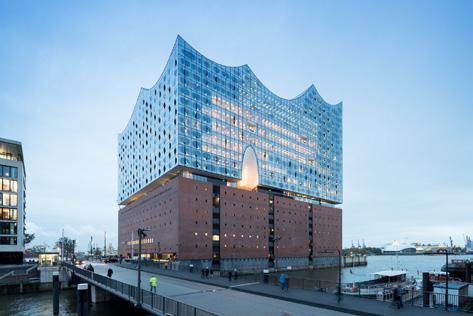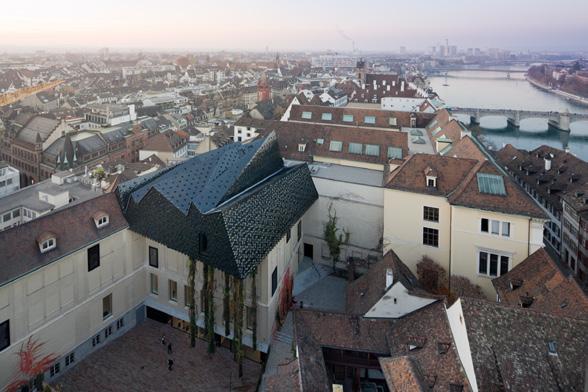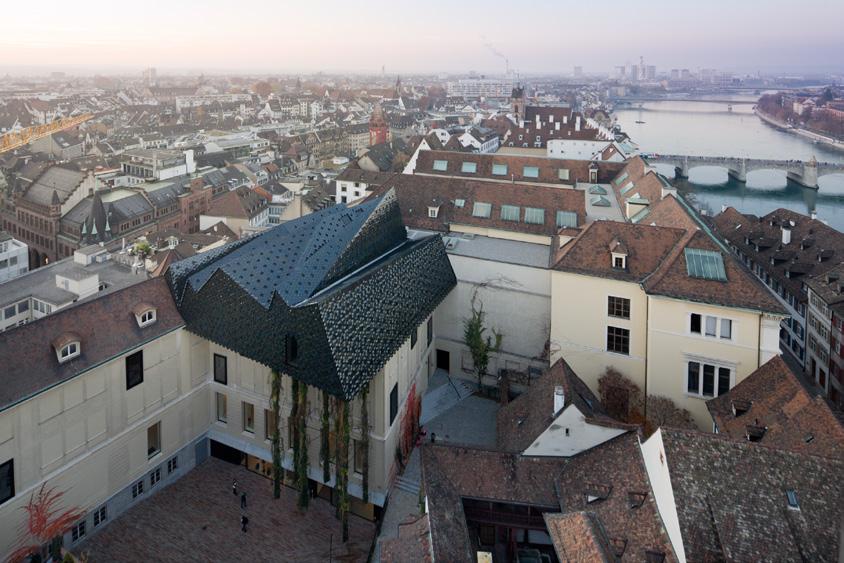
1 minute read
ROOF OVER YOUR HEAD:

Re-Imagining the Housing Crisis in Chicago
Advertisement
According to the standard measures of affordability, there is no US state where a full-time minimum wage worker can afford to rent or own a one-bedroom dwelling. The politics of housing involve a larger set of actors and interests than is considered by policy makers, urban planners, and those in governmental positions. The spatial politics (everything from affordability to development to policy) of the inhabitant and the dwelling are precisely what will begin to address the broader issues of housing such as who and what is housing for, who controls it, who it empowers, and who it oppresses – in essence, who can/ can’t provide a roof over their head and who/what prevents them from doing so.
This thesis project analyzes and transforms homelessness and public housing in the city of Chicago. It considers the multicultural, socio-economic, mental health, planning, developmental, and policies involved in the creation of a housing project in Chicago’s urban fabric, past and present. Using transformative and speculative additions to re-imagine housing projects, the housing complex can become something productive instead of harmful, as public housing so often is to marginalized groups. Housing inevitably raises issues of power, inequality, and justice not to mention ideas of commodification, alienation, exploitation, oppression, and liberation. The project negotiates with the current conditions on the site of the infamous former Cabrini-Green Housing Project to situate itself within the discourse of housing inequities in Chicago. By thoroughly scrutinizing this notorious project and the current Gensler master plan for the site – its storied life and destruction, spatial ramifications, and the effects of displacement on an urban scale – one can begin to piece together the dos and don’ts for a re-imagined housing infrastructure. Through specifically programmed roof additions, the project challenges and supplements the Gensler master plan and investigates what it could mean to reconnect displaced communities with their home and community. This thesis aims to deconstruct and reconstruct affordable housing as a “roof over your head” making it an accessible and affordable right instead of an insecurity as it stands today.
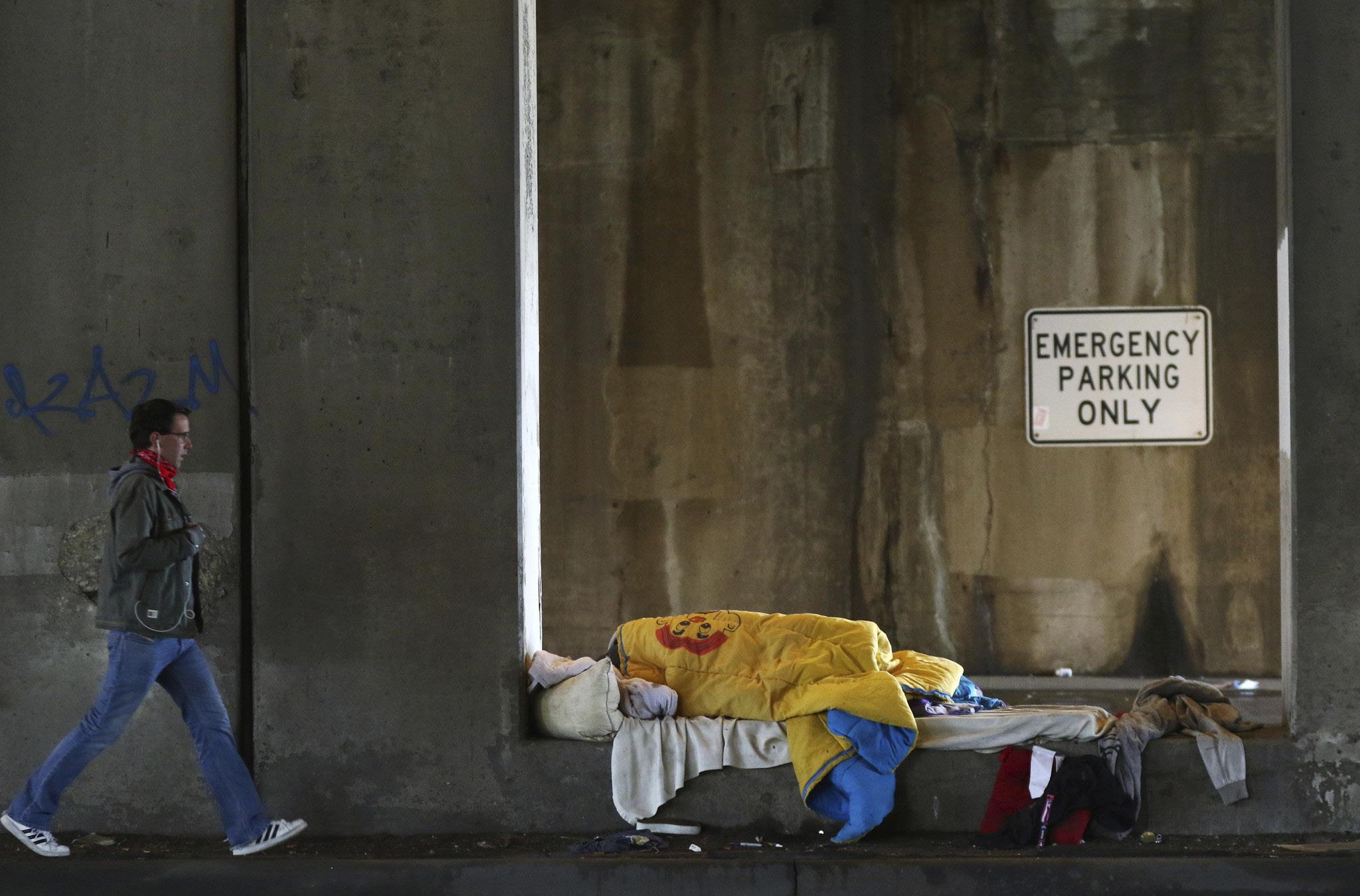
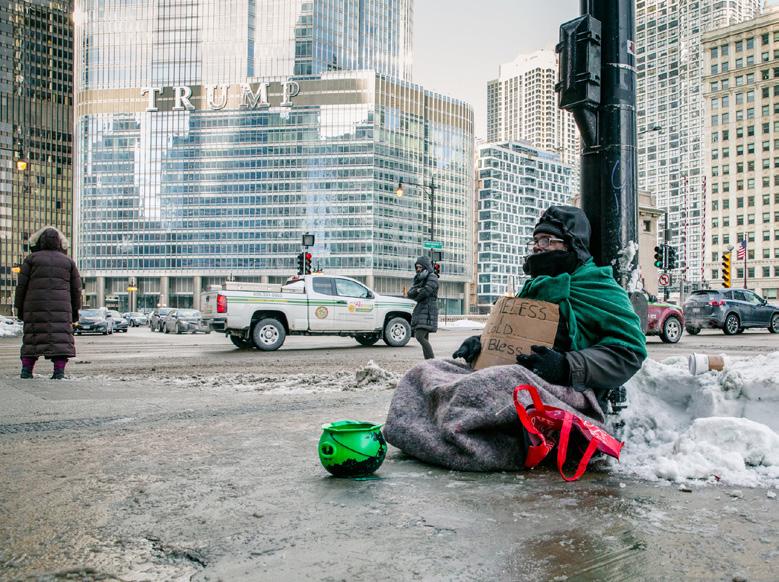
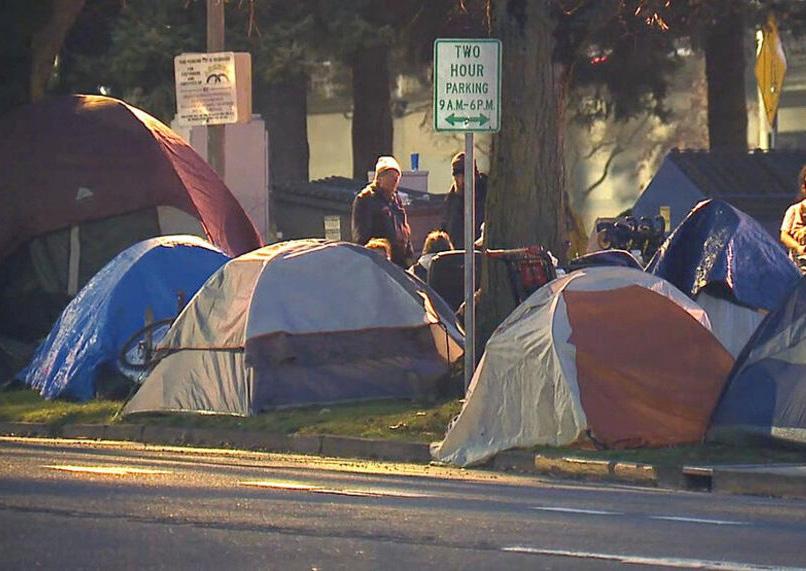
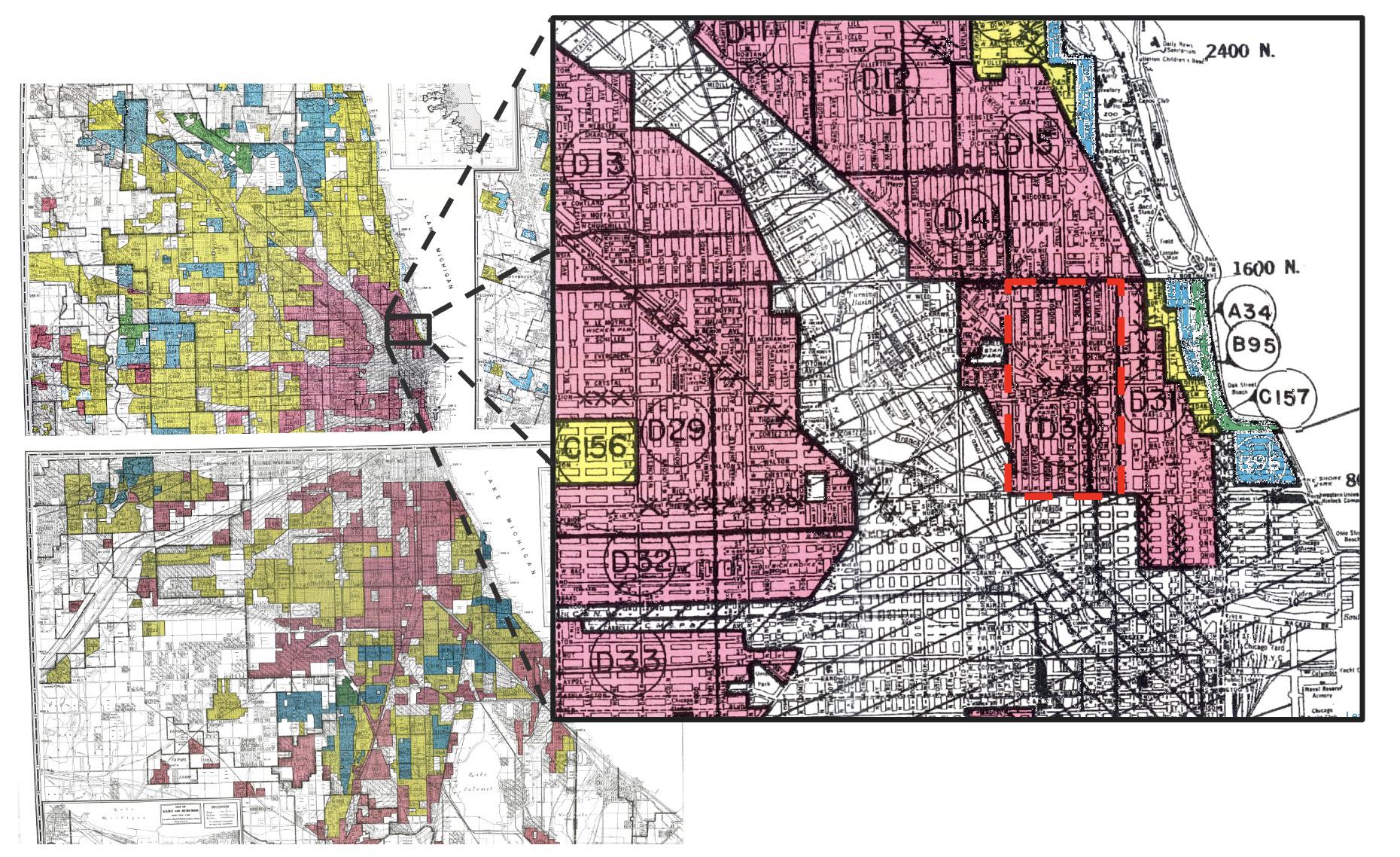
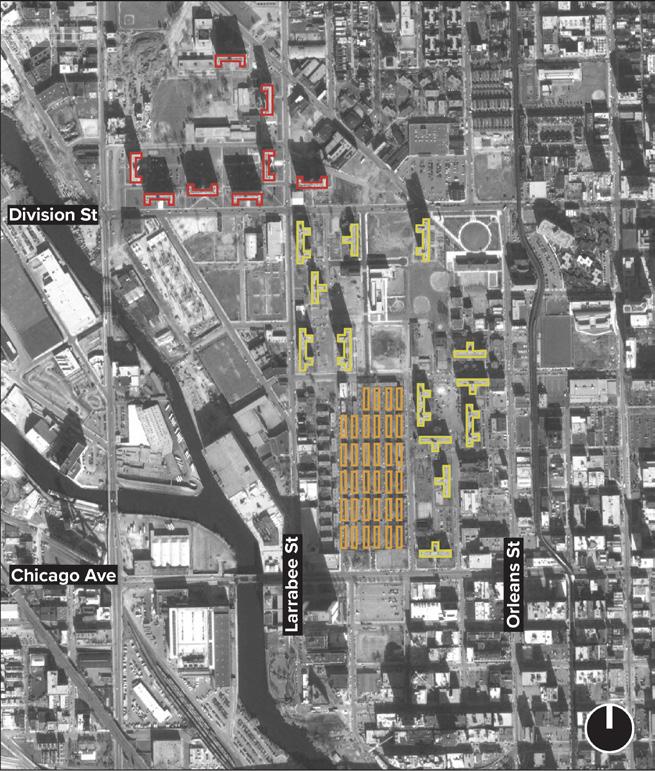
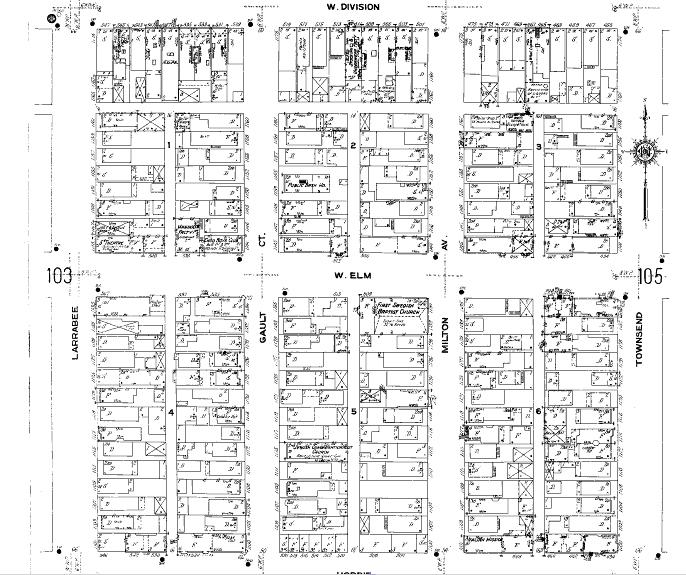
“I remember it being a place where my family and my friends were…You knew everybody. The elders would keep an eye on you…”
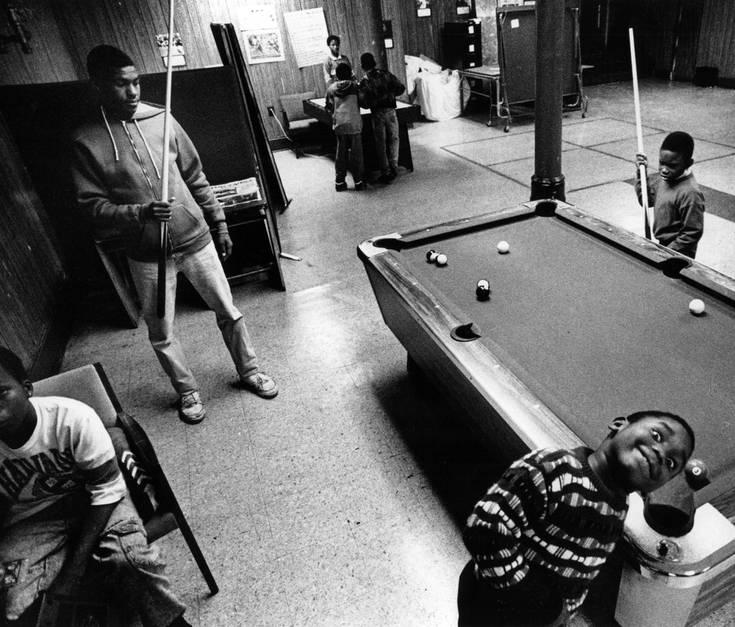
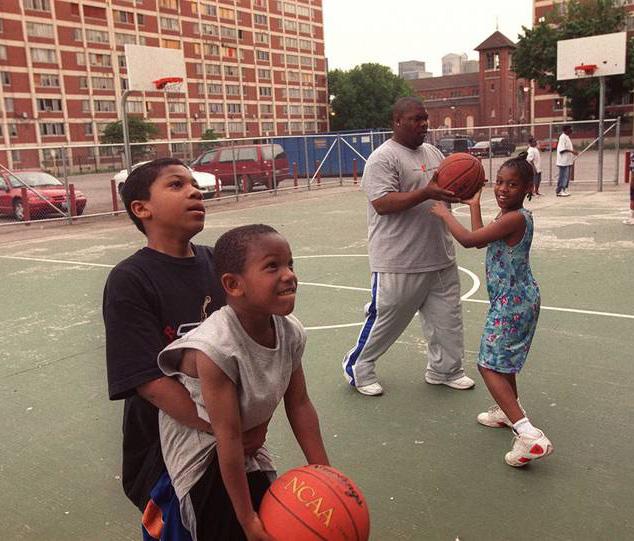
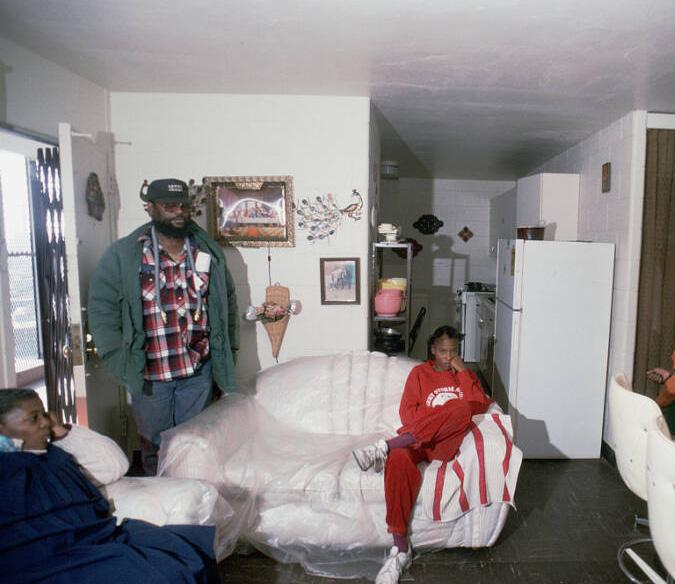

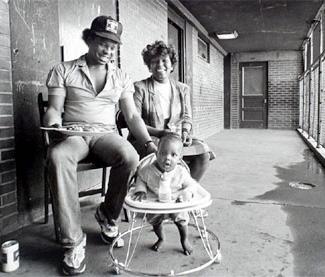
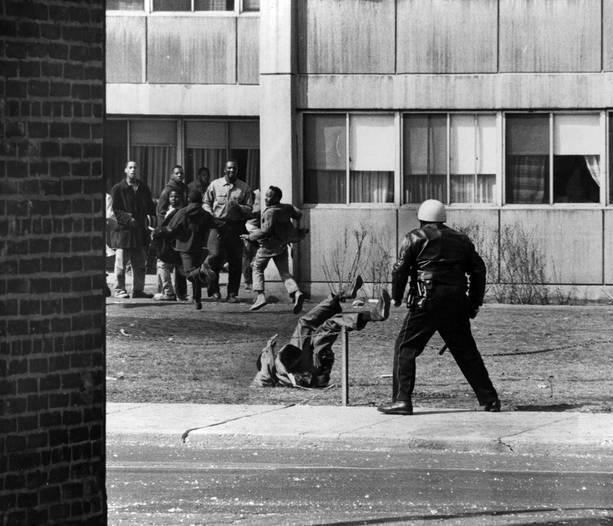
“There was a respect for kind of looking out for one another…. You know, before there was a gig economy, the hustle economy was strong.”

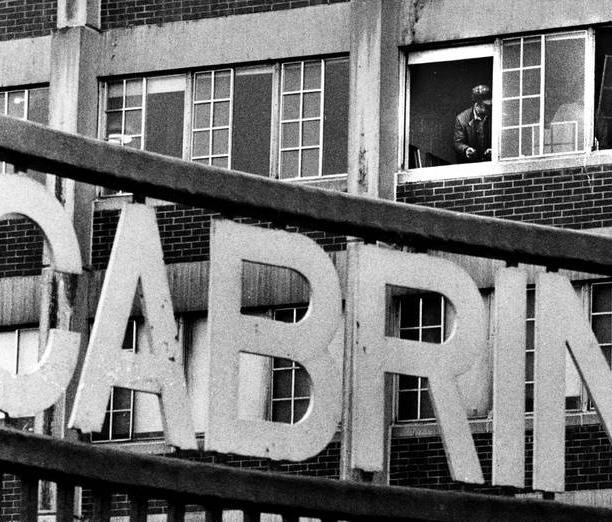
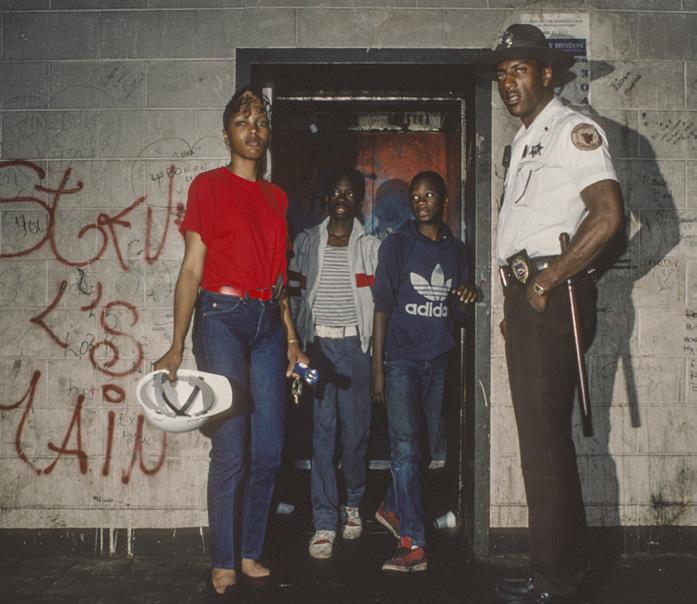
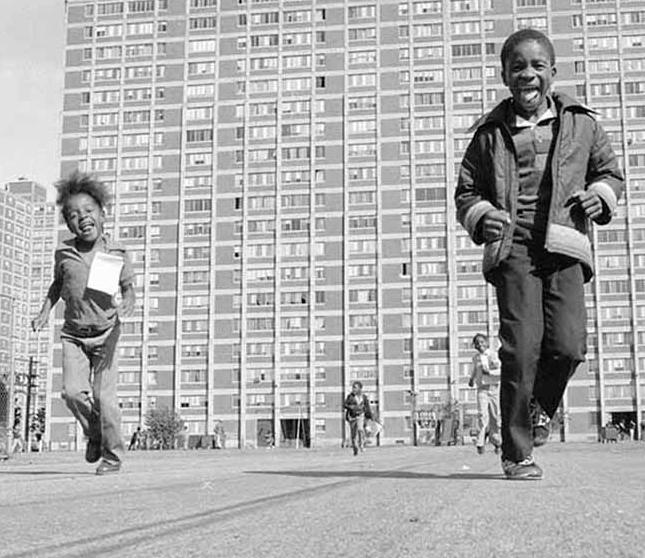
“They displaced my house. They moved me from the building that I lived in and they pushed me out.”
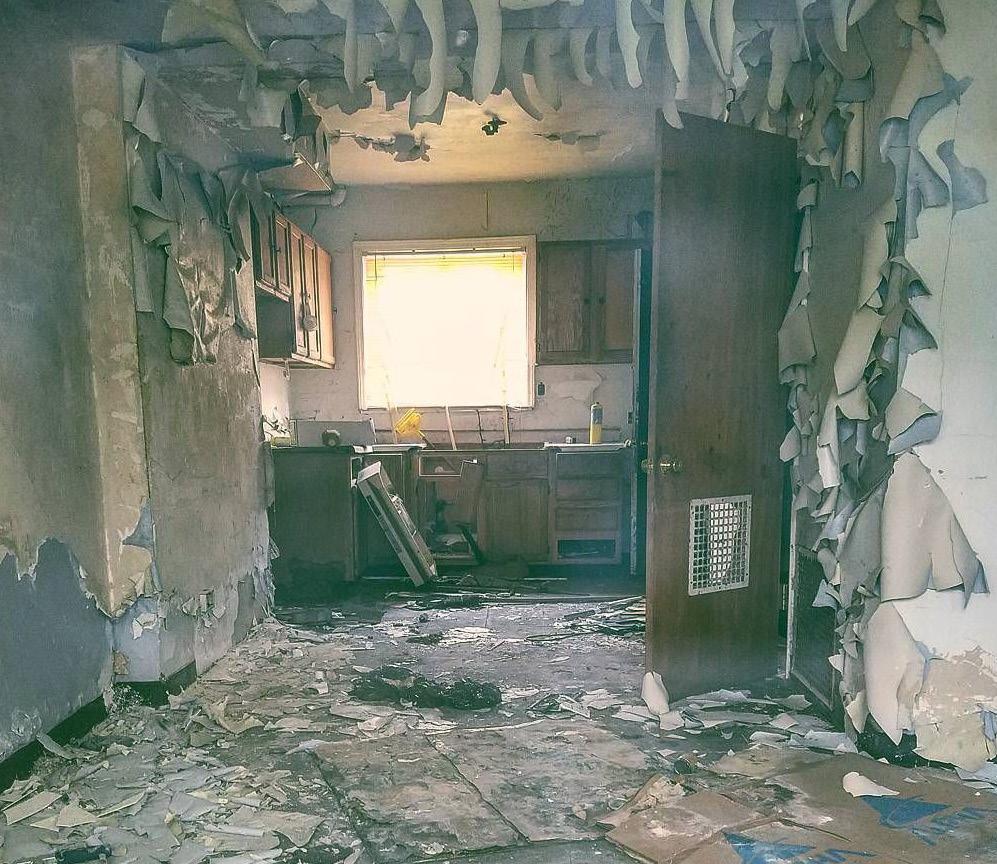

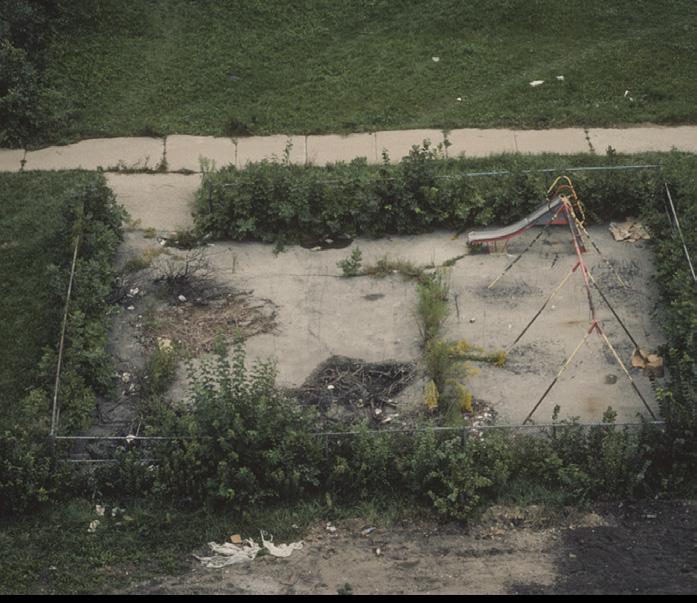
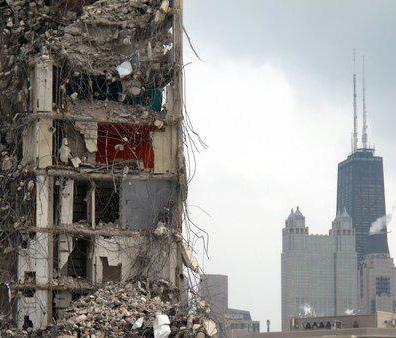
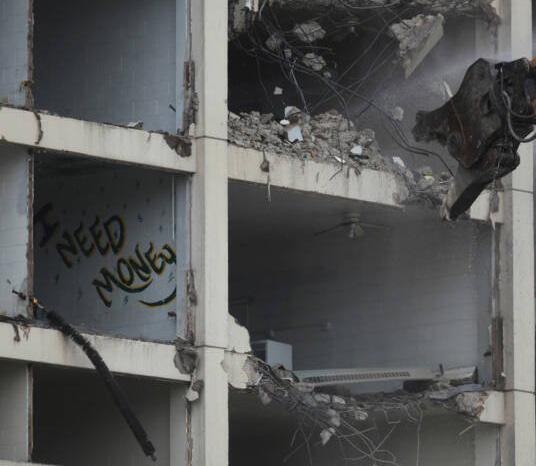
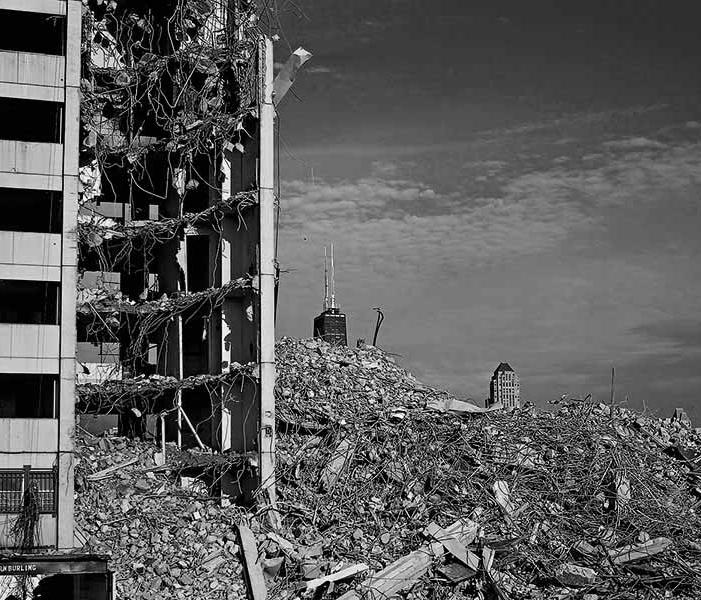
“For all the buildings, the row houses, everyone had a president that spoke up for their building… they just kind of kept CHA on their toes, basically, provided for what residents needed.”
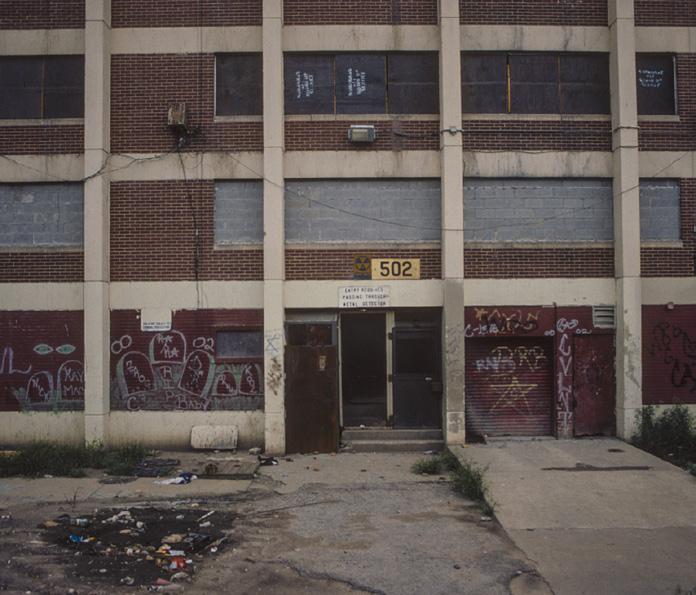
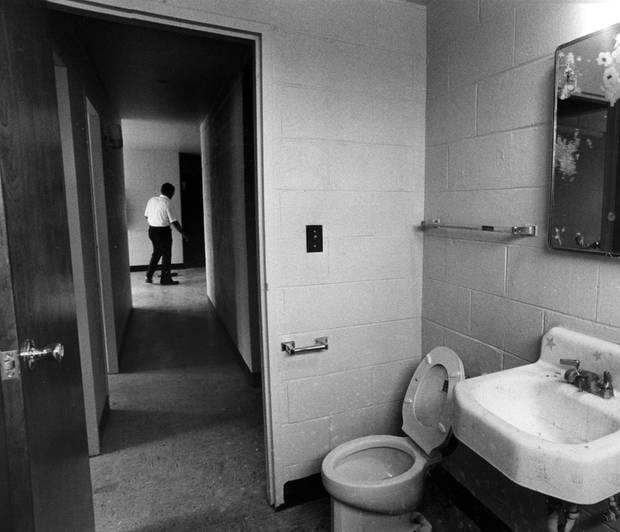
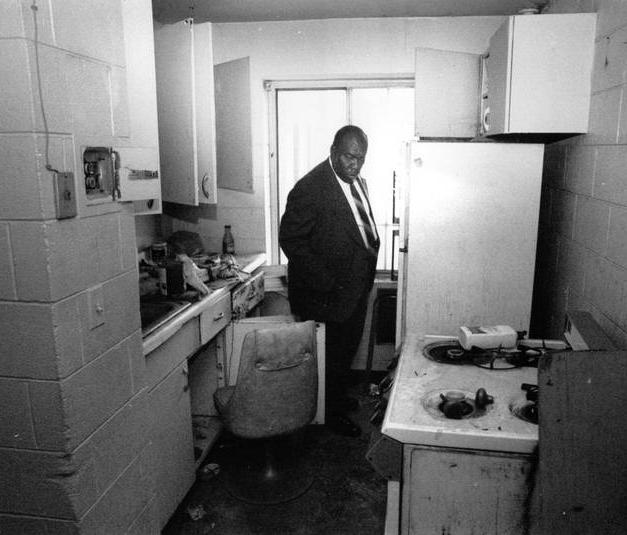
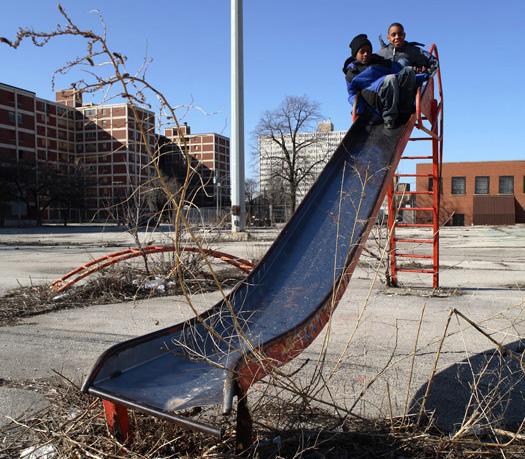
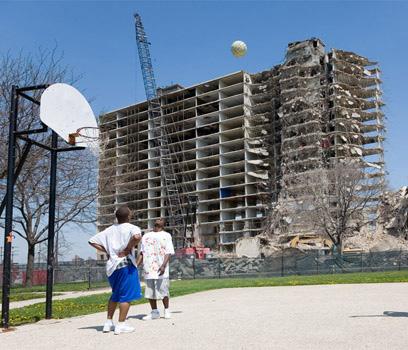

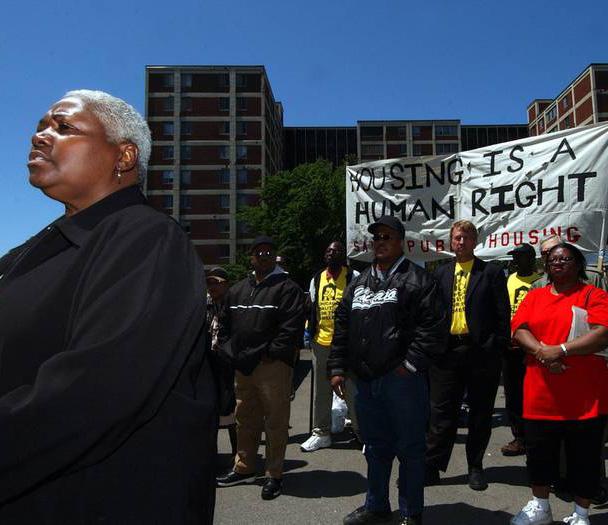
PortHouse-ZahaHadidArchitects
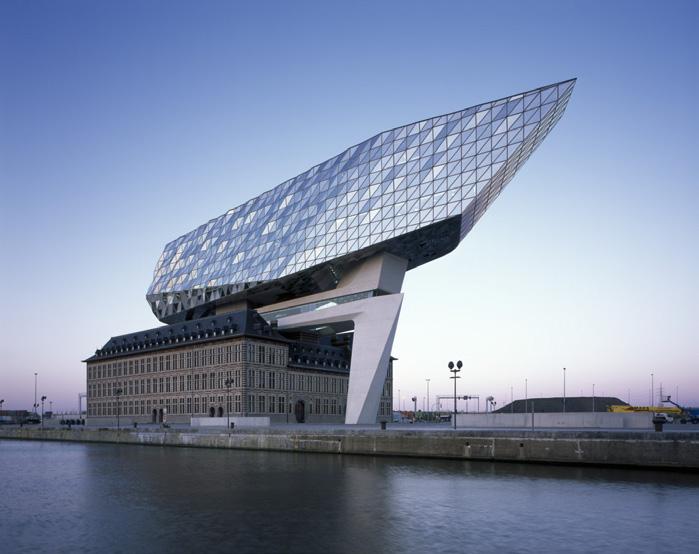
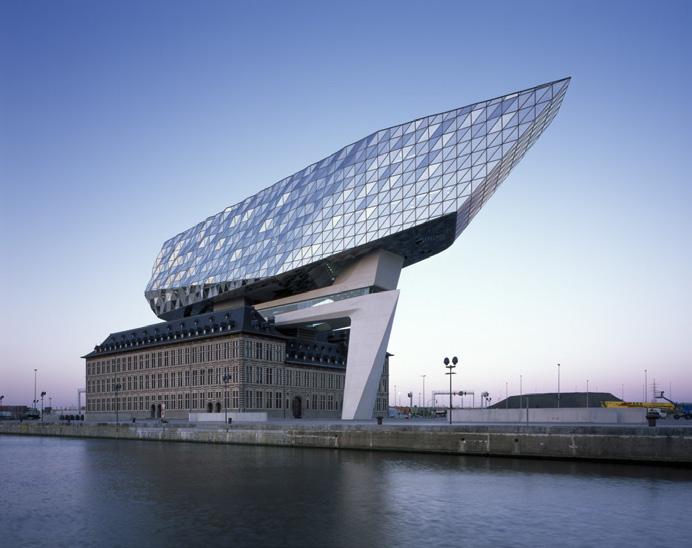
AliceTullyHall-DS+R
201CaixaForumMadrid-H&dM
DiddenVillage-MVRDV

WhitneyMuseumExtension-OMA
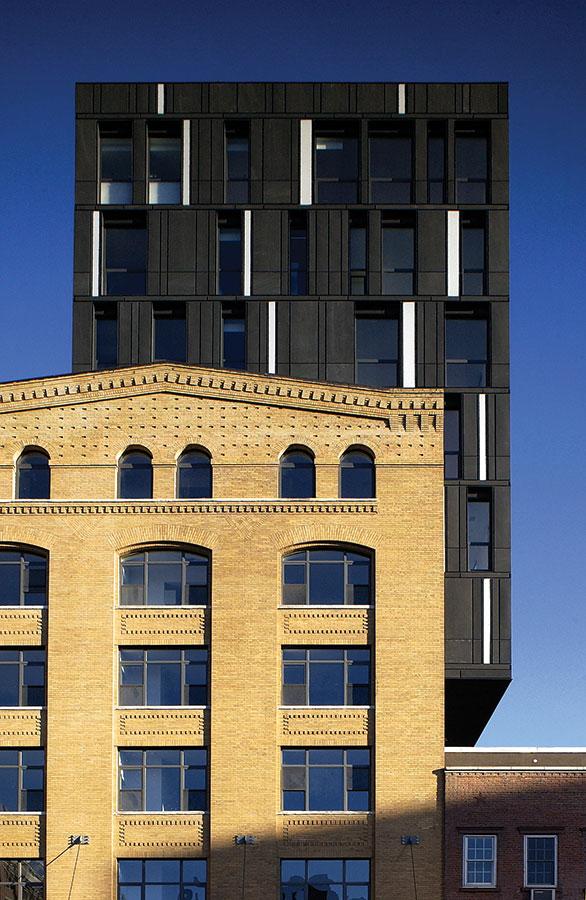
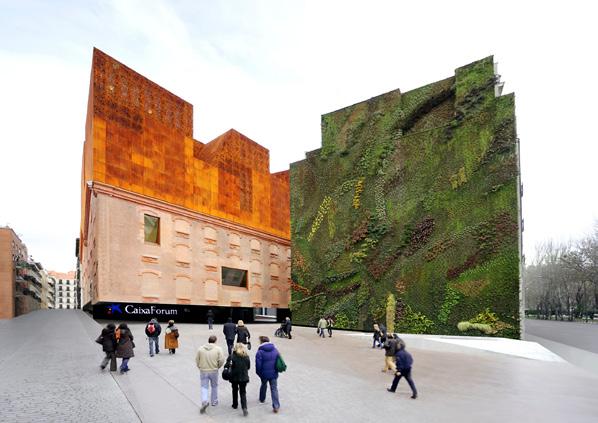
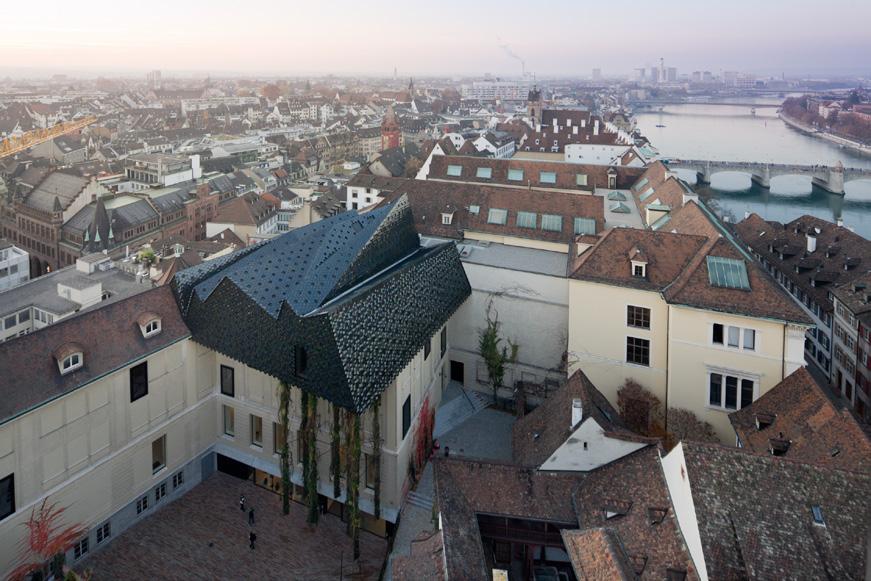
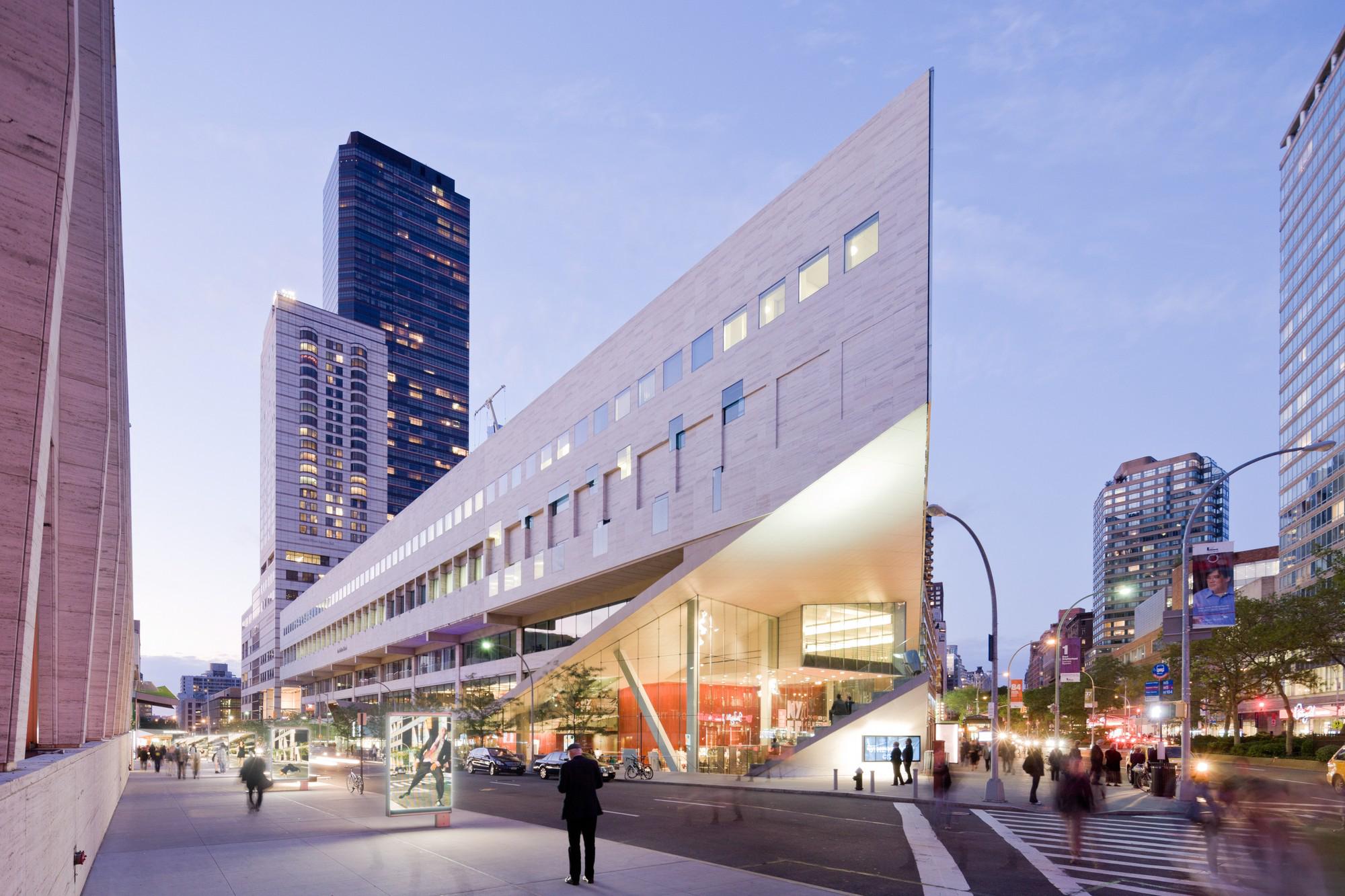



GrandCentralTower-MarcelBreuer
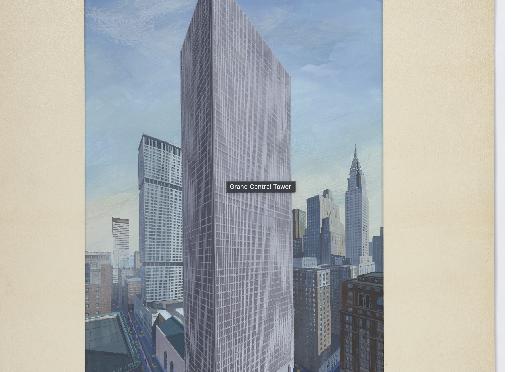

MATERIAL PRECEDENTS
ElbphilharmonieHamburg-Herzog&deMeuron
200MuseumderKulturen-H&dM
HarvardArtMuseums Renovation
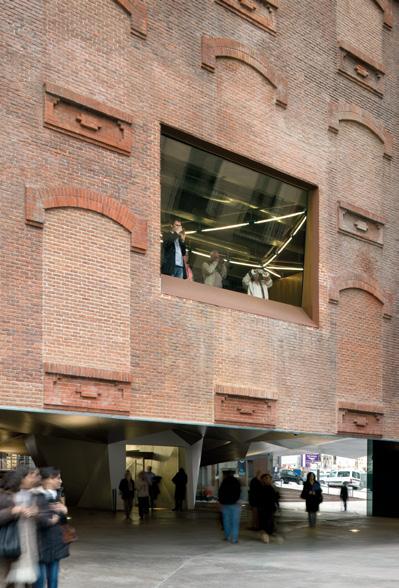


+Expansion-RenzoPiano
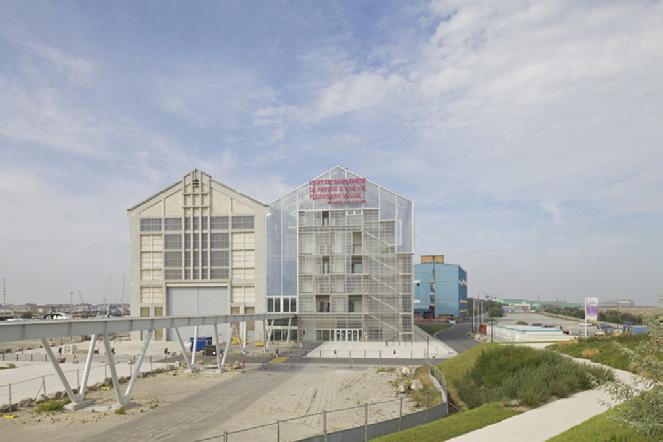
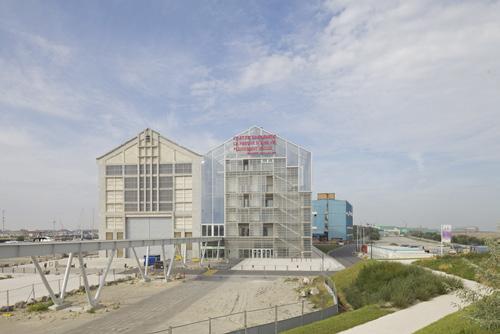


ThePorterHouse-SHOP
MATERIAL PRECEDENTS
ElbphilharmonieHamburg-Herzog&deMeuron
